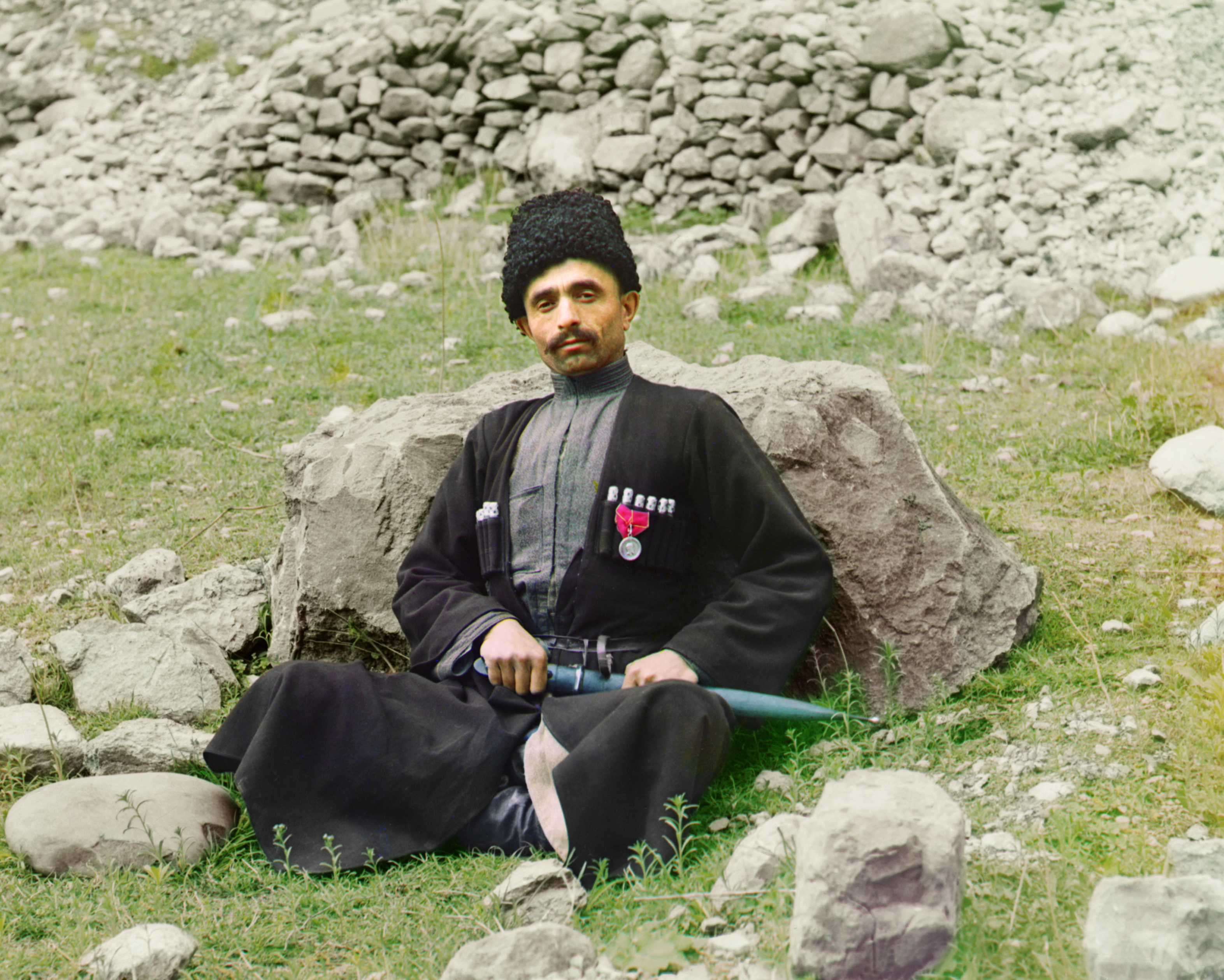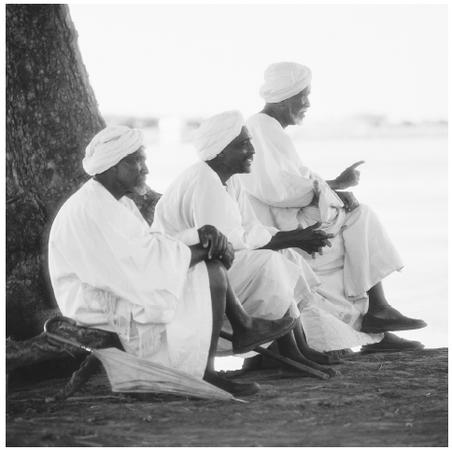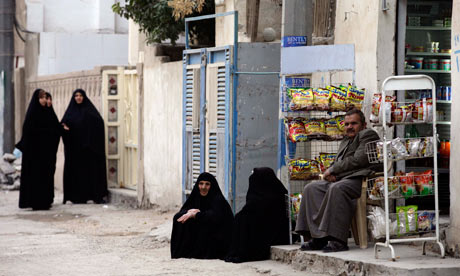Sunni Muslim Biography
Source:- Google.com.pkShafi'iyyah was the third school of Islamic jurisprudence. According to the Shafi'i school the paramount sources of legal authority are the Qur'an and the Sunnah. Of less authority are the Ijma' of the community and thought of scholars (Ijitihad) exercised through qiyas. The scholar must interpret the ambiguous passages of the Qur'an according to the consensus of the Muslims, and if there is no consensus, according to qiyas.
History: The Shafi'iyyah school of Islamic law was named after Muhammad ibn Idris al-Shafi'i (767-819). He belonged originally to the school of Medina and was also a pupil of Malik ibn Anas (d.795), the founder of Malikiyyah. However, he came to believe in the overriding authority of the traditions from the Prophet and identified them with the Sunnah.
Baghdad and Cairo were the chief centres of the Shafi'iyyah. From these two cities Shafi'i teaching spread into various parts of the Islamic world. In the tenth century Mecca and Medina came to be regarded as the school's chief centres outside of Egypt. In the centuries preceding the emergence of the Ottoman Empire the Shafi'is had acquired supremacy in the central lands of Islam. It was only under the Ottoman sultans at the beginning of the sixteenth century that the Shafi'i were replaced by the Hanafites, who were given judicial authority in Constantinople, while Central Asia passed to the Shi'a as a result of the rise of the Safawids in 1501. In spite of these developments, the people in Egypt, Syria and the Hidjaz continued to follow the Shafi'i madhhab. Today it remains predominant in Southern Arabia, Bahrain, the Malay Archipelago, East Africa and several parts of Central Asia.
Al‑Madh'hab Al‑Shafi'i was the product of the Fiqh (rules and regulations) as taught by Ibn Idrees Al‑Shafi'i. As in other Islamic Schools of Thought Al‑Shafi'i's Fiqh deals with tawhid, elements of faith, elements of worship(pillars of Islam), halal and haram, ethics, dealing with other people (Mu'aamalat).
FEATURES of Al‑Madh'hab Al‑Shafi'i
Al‑Shafi'i School of Thought stands in‑between the Maaliki and Hanafi Madh'habs in that it uses some of the ways of Al‑Maaliki Madh'hab and some of the Hanafi, i.e. less in the way of Qiyas (Analogy) and Raa'y (personal opinion). It excels in the technique of Istin'baat الإستنباط (deductive reasoning) for reaching a Fiqh verdict. Like other Sunni Madh'habs, Al‑Shafi'i's do not acknowledge the Imamah of Ahlul Bayt, though all of them were supportive of Ahlul Bayt. The Al‑Shafi'i School of Thought began its popularity around 190H and picked up steam in the century that followed.
IBN IDREES AL‑SHAFI'I: ابن ادريــس الشـــافـعى Head of Al‑Madh'hab Al‑Shafi'i: 150H‑204H
Al‑Shafi'i was born in 150H, the same year in which Abu Hanifa died. He was from Quraish, a bright student with a dazzling personality. An orphan, Al‑Shafi'i was cared for by his mother who brought him to Mecca when 10 years old. He joined Hudhayl tribe for 17 years (in the desert) to learn the flawless command of Arabic, literary or expression. In his late twenties by now, Al‑Shafi'i settled in Mecca where Al‑Shafi'i was enticed by friends to study Fiqh. Thus he joined Al‑Zinji, learning at his and other scholars' hands. In his thirties Al‑Shafi'i left for Medina to study at the hands of the aging Malik Ibn Anas, where he became very close to him. Malik even took care of the living expenses of Al‑Shafi'i for 4 years until Malik died. Al‑Shafi'i also studied at the hands of several of Imam Al‑Saadiq's disciples such as a) Ibn U'yainah, 2) Abu Ishaaq Al‑Madani, 3) Al‑Zuhri, and 4) Ibn Al‑Silt Al‑Basri.
When Malik died, Al‑Shafi'i had to work in Yemen to support himself financially. He was vocal against the harsh rule of the governor of Yemen. It is said that in a move to get rid of him, the governor wrote mischievous accusation about Al‑Shafi'i to Khalifa Al‑Rasheed. As a result, in 184H and along with 8 other people, Al‑Shafi'i was taken to Baghdad chained and bound in fetters. He was closely questioned by the enraged Al‑Rasheed, but Al‑Shafi'i's eloquence and convincing manners were such that Al‑Rasheed forgave him and set him free. The other 8 were not so lucky, for they could not defend their innocence that well, and were decapitated as per orders of the irrational Khalifa. (The Shafi'i was accused of loving Ahlul Bayt, since loving Ahlul Bayt was in opposition to the Khalifa policy or other Abbasi rulers, who posed as enemy No. 1 to Ahlul Bayt.)[12]
Al‑Shafi'i stayed in Baghdad where he joined the circle discussion headed by Al‑Sheybani (who was a student of Abu Yusuf and Abu Hanifa). Al‑Shafi'i contested and debated with Al‑Sheybani in his circle discussions, then began his own discussion assembly, giving If'taa' (Fiqh edicts). Both he and Al‑Sheybani were active in writing books at the same time, though the Maaliki scholars at the time paid little attention to either of them. It is said that Al‑Shafi'i studied under a total of 19 scholars.
Al‑Shafi'i became quite popular in Baghdad, but he visited Egypt, which was the Maaliki strong hold at the time. In 198H, the 48 year old Al‑Shafi'i left Baghdad again, for good, with an endorsement from the Khalifa. He was accompanied by the new governor to Egypt, and stayed as a guest with an eminent family in Egypt, whereby he started his own circle discussion and gave If'taa'. This time he stayed in Egypt for about 6 years.
Al‑Shafi'i is said to have written several books, and the book of Al‑Umm in 6 volumes is contributed to him, though after probing and research it was claimed to have been written by his disciples (Al‑Bu'waiti and Al‑Rabii).[13] As Al‑Shafi'i became popular in Egypt, his discussion assembly attracted more and more students. He differed with Al‑Maaliki and Hanafi in many points, and his teachings began to have a distinct flavor. Just as his popularity was on the increase, he was beset with a long illness. At the age of 54, there came about hotly discussed difference between him and Maaliki adherents, especially after he criticized some Maaliki doctrines or beliefs. The matter was taken to the governor. Because of that, Al‑Shafi'i was brutally attacked by the discontented Maaliki adherents, and he was hit on the head with a big iron rod (iron‑key). Al‑Shafi'i lost consciousness as a consequence, probably from fractured skull, and he died shortly after.[14]
Al‑Shafi'i had a charming personality, a very attractive way of expression in pure Arabic, good poetry, and deep knowledge of the techniques of the various schools of thought at the time. He excelled in the criteria he put forth about Istin'baat (deductive reasoning) in reaching verdicts. Al‑Shafi'i was a devotee of Ahlul Bayt to a great extent notwithstanding the government jaundiced eyes about anyone who declared any faith in them. The government took Ahlul Bayt as the enemy No. 1 solely because Ahlul Bayt rejected acknowledging the legitimacy of the rulers (Khalifa) as representing Islam. Ahlul Bayt never conformed to the policies of the rulers or their rule, thus the enmity and the collision.
HIGHLIGHTS of Shafi'i Madh'hab go to top of page
The popularity of Al‑Shafi'i Madh'hab was mainly due to the consistent and hard work of the students of Al‑Shafi'i, famous among them were Al‑Bu'waiti ألبـويـطي and Al‑Muzni ألمـزني , and Ibn Abd Al‑A'laإبن عـبد ألأعلى . As Al‑Madh'hab Al‑Shafi'i took roots, it gradually replaced the Maaliki Madh'hab in Egypt, then spread in Palestine and Syria, completely replacing that of Aw'zaa'i. It also spread in Iran and neighboring areas at the time. This Madh'hab was also endorsed by the governments of the time, especially that of Ayyubi.
Shafi’i School of Thought (Al-Madhab al-Shafi’i)
From the time of his childhood, Imam Muhammad b. Idris al-Shafi’i (150- 206 AH) immersed himself in the ideas of Imam Malik. He was inspired deeply by him and nearly memorized al-Muwatta. Eventually he procured a letter of recommendation from the governor of Mecca to the governor of Madinah enabling him to meet with Imam Malik, whose status was very high in Madinah during the Abbasid time. There he became a student of Imam Malik until the death of Imam Malik about nine years later.
At that time, Imam Shafi’i fell into poverty and was obliged to return to Mecca.34 There, some individuals concerned about his condition, appealed to the governor of Yemen to find him an official position, and thus Imam al-Shafi’i was made the governor of the state of Najran in Yemen.
However, during the rule of Harun al-Rashid, Imam al-Shafi’i was accused of leaning towards the Alawiyin35 and the school of Ahlul Bayt, and so he was brought to Baghdad, handcuffed. While he was being held as a prisoner, one of his friends, Muhammad b. al-Hasan al-Shaybani (who was also one of the primary advocates of the Hanafi school of thought for the Abbasid) interceded on his behalf and testified that al- Shafi’i was not on the side of Ahlul Bayt and was completely supportive of the Abbasid government. This testimony resulted in the release of al- Shafi’i, and as a result, he became very close to al-Shaybani and studied under him, learning the opinions (araa) of Abu Hanifah in ra’i (opinion) and qiyas (analogy), both of which Abu Hanifah was well known for.
However, the two differed regarding Ahlul Bayt - al-Shafi’i was in fact sympathetic towards their cause, while al-Shaybani was not.36
Out of these two influences: the Maliki school (which can also be referred to as the school of athar (text)) and the Hanafi school, was born the Shafi’i school of thought. In 199 AH, Imam al-Shafi’i moved to Egypt along with Ibn Abdullah al-Abbas, the governor of Egypt. There, his school slowly began to spread. Unfortunately, because he differed on some points with Imam Malik, Imam al-Shafi’i incurred the anger of many of the adherents of the Maliki school in Egypt, and they eventually rioted and killed him.
It is worth noting that al-Bukhari and al-Muslim did not narrate any hadith from al-Shafi’i - not because he was inferior in knowledge, but because he had inclinations towards the school of Ahlul Bayt. He said that Ali b. Ali Talib had the right to leadership at the time over Mu’awiyah and his companions,37 who were the group that began the assault on Islam. He displayed love for Ahlul Bayt and the family of the Prophet and proclaimed, “If anyone who loves the Ahlul Bayt is a rafidi (a rejecter of the three caliphates) then let the whole world witness that I am the first rafidi.” Such statements not only led to his arrest as mentioned before, but also resulted in silencing his books of hadith.
Sunni Muslim Islam Facts For Kids Pictures About Religion Wikipedia And History And Beliefs Worksheet On Women Today And Information Images Wallpapers

Sunni Muslim Islam Facts For Kids Pictures About Religion Wikipedia And History And Beliefs Worksheet On Women Today And Information Images Wallpapers

Sunni Muslim Islam Facts For Kids Pictures About Religion Wikipedia And History And Beliefs Worksheet On Women Today And Information Images Wallpapers

Sunni Muslim Islam Facts For Kids Pictures About Religion Wikipedia And History And Beliefs Worksheet On Women Today And Information Images Wallpapers

Sunni Muslim Islam Facts For Kids Pictures About Religion Wikipedia And History And Beliefs Worksheet On Women Today And Information Images Wallpapers

Sunni Muslim Islam Facts For Kids Pictures About Religion Wikipedia And History And Beliefs Worksheet On Women Today And Information Images Wallpapers

Sunni Muslim Islam Facts For Kids Pictures About Religion Wikipedia And History And Beliefs Worksheet On Women Today And Information Images Wallpapers

Sunni Muslim Islam Facts For Kids Pictures About Religion Wikipedia And History And Beliefs Worksheet On Women Today And Information Images Wallpapers

Sunni Muslim Islam Facts For Kids Pictures About Religion Wikipedia And History And Beliefs Worksheet On Women Today And Information Images Wallpapers

Sunni Muslim Islam Facts For Kids Pictures About Religion Wikipedia And History And Beliefs Worksheet On Women Today And Information Images Wallpapers

Sunni Muslim Islam Facts For Kids Pictures About Religion Wikipedia And History And Beliefs Worksheet On Women Today And Information Images Wallpapers

Sunni Muslim Islam Facts For Kids Pictures About Religion Wikipedia And History And Beliefs Worksheet On Women Today And Information Images Wallpapers

Sunni Muslim Islam Facts For Kids Pictures About Religion Wikipedia And History And Beliefs Worksheet On Women Today And Information Images Wallpapers

Sunni Muslim Islam Facts For Kids Pictures About Religion Wikipedia And History And Beliefs Worksheet On Women Today And Information Images Wallpapers

Sunni Muslim Islam Facts For Kids Pictures About Religion Wikipedia And History And Beliefs Worksheet On Women Today And Information Images Wallpapers

Sunni Muslim Islam Facts For Kids Pictures About Religion Wikipedia And History And Beliefs Worksheet On Women Today And Information Images Wallpapers

No comments:
Post a Comment